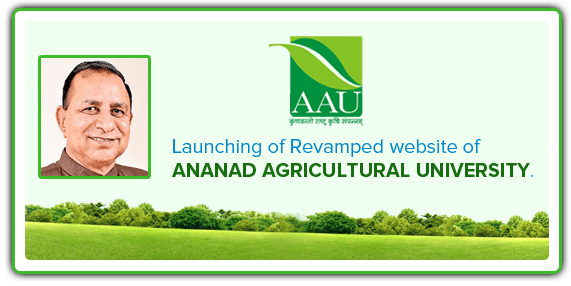Search
Unit Menu
Latest News
Regional Cotton Research Station, Viramgam
Agro-climatic information
- Name of the Agro-climatic zone : North -West Agro climatic Zone V
- Rainfall : Viramgam has semi-arid climate with an annual average rainfall of 715 mm distributed over 36 rainy days. Rains come from southwest monsoon, which breaks in June and dissipates in September with July and August as the main wet months. The rainfall is capricious in quantum and space.
- Soil : The soil of the station is medium black, sub-angular blocking structure, very hard, very firm, very sticky and very plastic. It is poorly drained, normal to saline in reaction (pH 7.69), having medium organic carbon (0.56 %). The soil is medium in phosphorus (27.05 kg / ha) and rich in potash (498.82 kg / ha). It has developed from the granite-gneiss parent material. It is calcareous and clayey in texture. The soil moisture regime is acidic where as the soil temperature regime is hyper-thermic. The area is unirrigated due to poor quality water which is replete with ions of chlorides and bi-carbonates of sodium. The EC is 0.40. Water inundation and crust formation there upon after drying are the two major bottlenecks of the soil, which interrupt seed germination and thereby good plant population per unit area.
- Temperature : The temperature is the highest in May-June and lowest in December-January. Maximum temperature ranges from 24.30 to 43.90 C and the minimum temperature up 20 C in January-February. Wide gamut of day night temperature as found in desert and good for cotton quality is the haul mark of the area. The minimum temperature ranges from 20 to 25.30 centigrade.
- Geographical Details : The center is located in North Gujarat at 230 05’ North Latitude and 720 09’ East Longitude and Altitude of 30 m on State Highway No. 17 connecting Ahmedabad and Viramgam.
- Soil properties :
|
pH |
7.69 |
|
E C |
0.40 |
|
Nitrogen (Organic Carbon %) |
0.56 |
|
Available P kg/ha |
27.05 |
|
Available Potash kg/ha |
498.82 |

